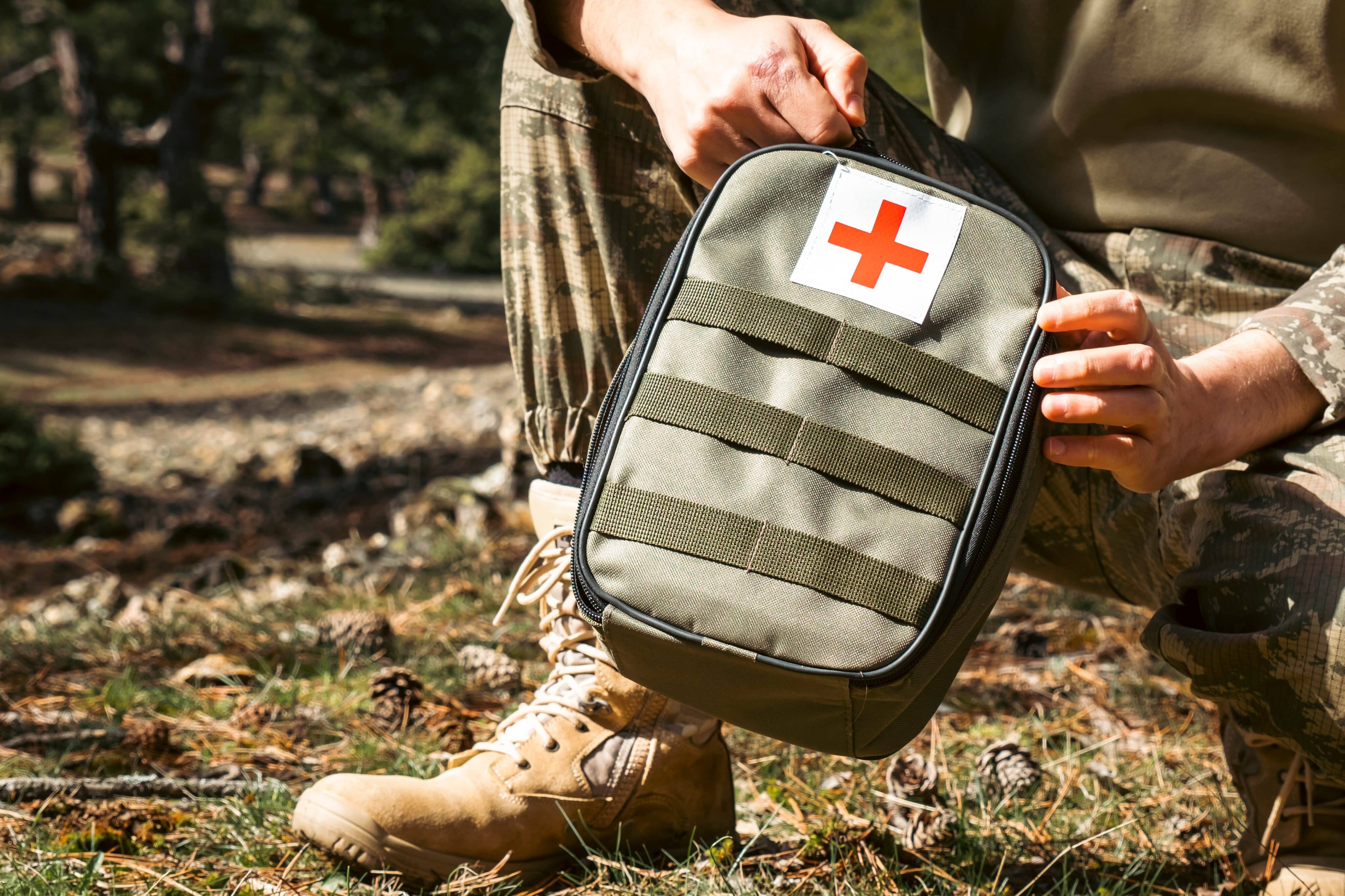Department of Defense To Track Military Overdoses, Provide NARCAN
FeaturedTrending Stories January 15, 2024 MJ Shareholders 0

As per a new law, the Department of Defense will begin tracking overdoses within the United States military in 2024 and begin to provide naloxone to service members beginning in 2025.
Military overdose deaths have historically not been systematically tracked until the release of a report by Rolling Stone in 2022 detailing the steep rise in overdose deaths at Fort Bragg, which has since been renamed to Fort Liberty. The report detailed the shocking increase in deaths from fentanyl, counterfeit prescription pills laced with fentanyl and deaths in otherwise healthy young men from causes typically sustained from long-term drug use that were not labeled as overdoses.
In general, Rolling Stone described shoddy record-keeping and experienced a general lack of transparency from the brass at Fort Liberty regarding drug use, drug-related crimes or overdose by military members. Of the 109 deaths that occurred at Fort Liberty between 2020 and 2021, at least 14 soldiers died directly from overdose, though that number is likely higher if you count deaths from drug-related causes, 21 by Rolling Stone’s count, making accidental overdose the leading cause of death at Fort Liberty behind suicide which claimed the lives of 41 soldiers in the same time period.
After the Rolling Stone report, pressure built on Congress to do something about the issue and Senator Edward Markey (D-Mass.) along with other congressmen began to push the Pentagon for increased transparency. This request led to an admission by the Pentagon that fentanyl-related deaths roughly doubled among military members between 2017 and 2021, much like the rest of the country experienced. According to a Military.com report, 330 service members died from drug overdose between 2017 and 2022, and 15,000 soldiers experienced non-fatal overdoses in the same time frame.
“Real security means guaranteeing that members of the military and their families can get resources and life-saving treatment necessary to stop the overdose crisis in its tracks,” Senator Markey said in a statement to Military.com.
The law requiring overdose tracking and NARCAN distribution was signed by President Biden in December of 2022 and goes into effect in 2024. According to Military.com, the Department of Defense will be required to submit an annual report on overdose deaths, overdose locations, demographics, whether the service member had previously sought mental health treatment, or if they’d previously been prescribed opioids, benzodiazepines or stimulants.
“It’s really just smart public health,” said Professor Alex Bennett to Military.com. Bennett serves as the director of New York University’s Opioid Overdose Prevention Program. “There’s really a lot of drug naivete amongst military personnel,” Bennett said.
Part of the issue, as is the same with the civilian population, is that fentanyl is often used to make “pressed pills” or fake prescription pills designed to look like pharmaceutical painkillers or benzodiazepines which are often poorly dosed, causing people to unwittingly ingest a lethal dose of fentanyl. The Drug Enforcement Administration has estimated that about 70% of fake prescription pills contain a potentially lethal dose of fentanyl.
“We’ve been working with a lot of veterans who use substances while they’re in the military. Transparency with data tracking like the kind the military is set to begin doing is a step in the right direction,” Bennett said. “Closing your eyes to drug problems doesn’t solve anything,” Bennett said. “It just makes things worse.”
Carole De Nola, whose 23-year-old child died of an overdose while stationed at Fort Liberty, told Military.com that drug education is especially needed among military members as the new law does not require the military to educate service members on the dangers of fentanyl.
“We should be dealing with this before a service member’s about to overdose,” De Nola said.
It was not immediately clear how the military would be distributing naloxone, commonly known as NARCAN, which is a life-saving medication that can halt an opioid overdose in its tracks. Many NARCAN distribution programs have been established at the level of local cities and townships but nothing has been established federally, or by military leadership until the new law was passed. The new law requires that naloxone be made available to all troops by the year 2025. The law also requires all the naloxone distributed by tracked, which could discourage some military members from seeking it out.
MJ Shareholders
MJShareholders.com is the largest dedicated financial network and leading corporate communications firm serving the legal cannabis industry. Our network aims to connect public marijuana companies with these focused cannabis audiences across the US and Canada that are critical for growth: Short and long term cannabis investors Active funding sources Mainstream media Business leaders Cannabis consumers











No comments so far.
Be first to leave comment below.